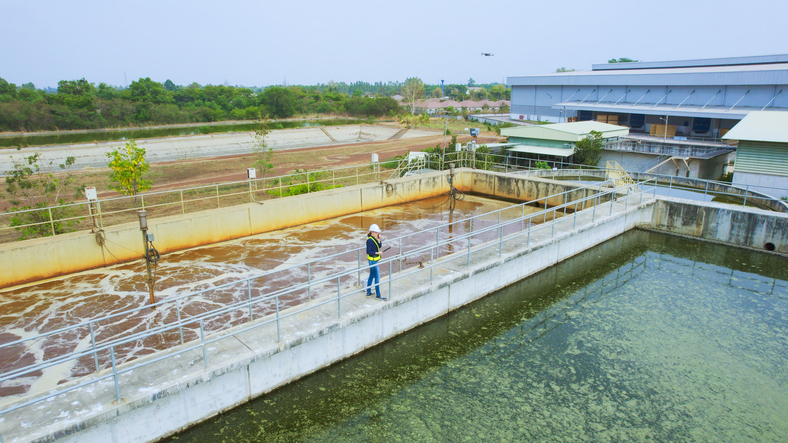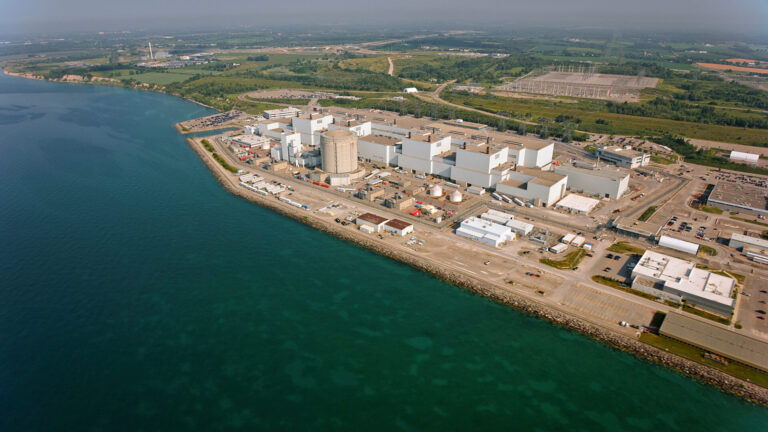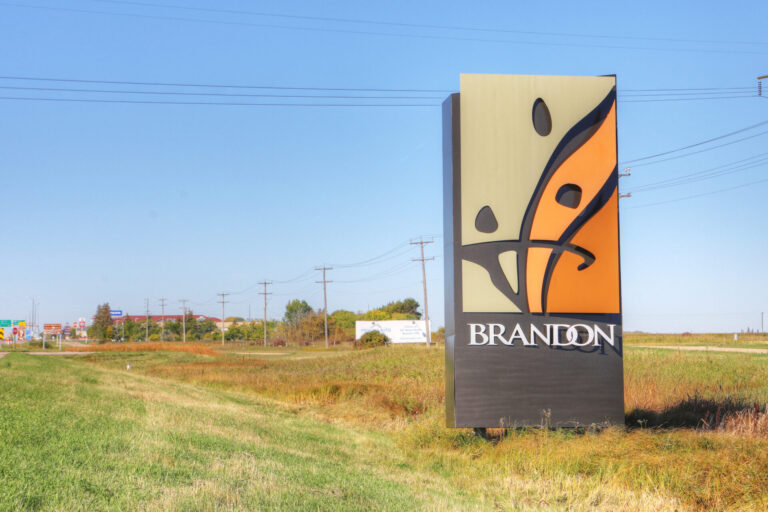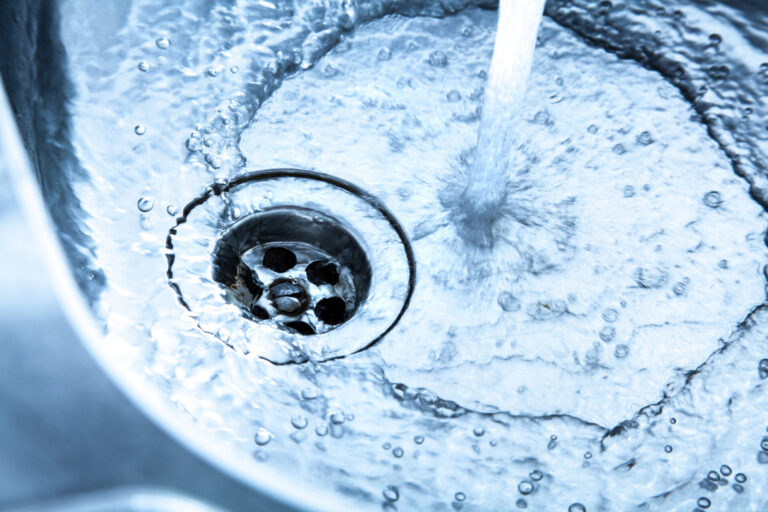A chance discovery in a University of Alberta lab may pave the way for cleaner energy, advanced recycling and wastewater treatment.
In 2022, chemistry researcher Dr. Robin Hamilton was searching for a better way to convert bitumen to synthetic crude oil when he stumbled on a surprising reaction: by placing a low-cost, non-toxic material in water at room temperature, hydrogen began bubbling to the surface.
That finding sparked the creation of Dark Matter Materials Inc., a spin-off of Edmonton-based Applied Quantum Materials. The company, co-founded by Hamilton, AQM CEO Dr. David Antoniuk, and University of Alberta professors Drs. Jeff Stryker and Jonathan Veinot, is developing what it calls a low-cost, earth-abundant “nano catalyst” with wide-ranging applications.
The material has shown potential to produce hydrogen and ammonia at low cost, recycle plastics, clean oil sands tailings ponds and support solid state batteries. It can even break down stubborn polymers such as PVC, nylon and Teflon.
“We’re amazed at what this material can do,” said Antoniuk. “It’s breaking all the boundaries and limitations of thermocatalytic water splitting that have been around for decades. There’s no need for expensive critical minerals or high energy, and no greenhouse gas emissions in our processes.”
Dark Matter has already filed two patents, with three more pending, and is in talks with international companies to begin industrial pilots. Earlier this year, it was co-winner of the National Research Council’s Canadian Midstream Battery Materials Innovation Challenge, receiving funding to explore the catalyst for electric vehicle and grid batteries.
The company credits support from Mitacs, a national innovation organization that links businesses with academic researchers. Through Mitacs, Dark Matter has partnered with post-doctoral chemist Dr. Mariana Vieira, who is helping characterize and test the catalyst while gaining industry experience.
What makes the discovery notable is that it works without electricity, light or high temperatures, and it can operate in tap water, grey water or even oil sands tailings ponds. Using tailings water, the catalyst not only produces hydrogen but also breaks down toxic organics such as naphthenic acids.
“The reality is, we have multiple viable paths to commercialization and they’re all showing promise,” Antoniuk said. “The next step is to do the engineering required to put this discovery into a commercial system.”











